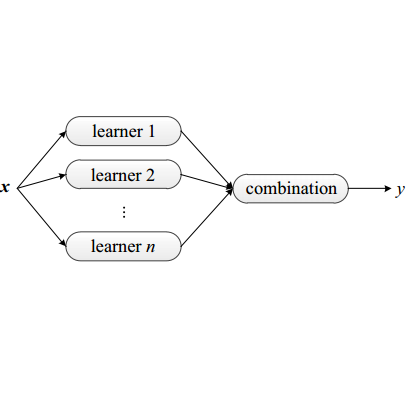Multi-sensor frameworks provide opportunities for ensemble learning and sensor fusion to make use of redundancy and supplemental information, helpful in real-world safety applications such as continuous driver state monitoring which necessitate predictions even in cases where information may be intermittently missing. We define this problem of intermittent instances of missing information (by occlusion, noise, or sensor failure) and design a learning framework around these data gaps, proposing and analyzing an imputation scheme to handle missing information. We apply these ideas to tasks in camera-based hand activity classification for robust safety during autonomous driving. We show that a late-fusion approach between parallel convolutional neural networks can outperform even the best-placed single camera model in estimating the hands' held objects and positions when validated on within-group subjects, and that our multi-camera framework performs best on average in cross-group validation, and that the fusion approach outperforms ensemble weighted majority and model combination schemes.
翻译:暂无翻译



